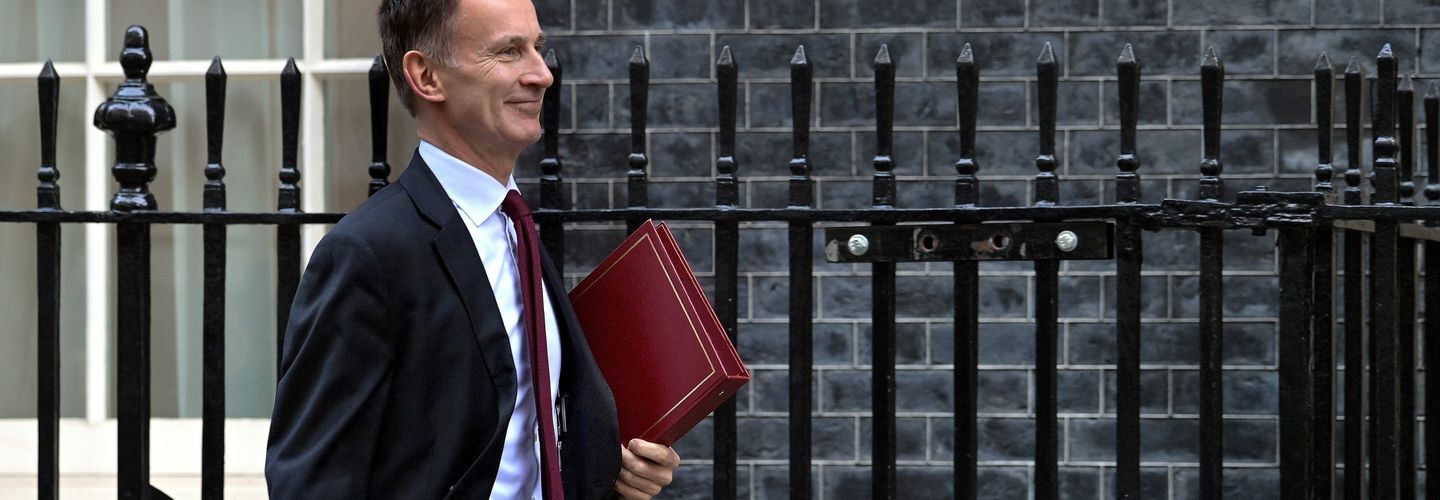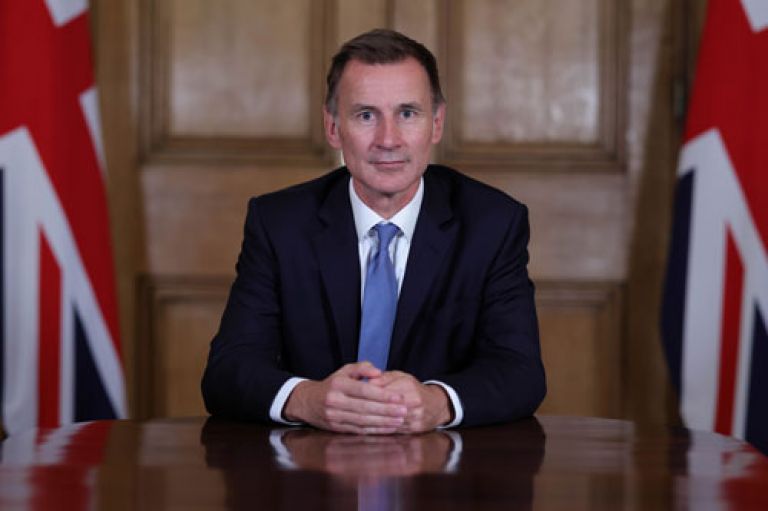Professor Michael Ben-Gad evaluates the Spring Budget, delivered on Wednesday 15 March 2023 by Jeremy Hunt, Chancellor of the Exchequer.
In the aftermath of the 2023 Spring Budget statement, Michael Ben-Gad, Professor of Economics at City said it was important to look beyond just the current situation and into years ahead.
“According the Office for Budget Responsibility (OBR)’s Economic and Fiscal Outlook, published to accompany today’s budget, the primary deficit alone will be 1.5 per cent of gross domestic product (GDP) in 2023-24,” he said.
“With interest payments added on to the debt, this increases to 5.1 per cent of GDP.
“Public sector borrowing is projected to peak next year – the final year of this Parliament – at 103.1 per cent of GDP before declining to 96.9 per cent in the 2027-28 financial year.
Professor Ben-Gad said a minimum level of growth is needed just to keep up with demographic changes to avoid recession.
“In order to merely keep up with the slowly rising size of the population, the UK economy needs to grow by about 0.5 per annum. Next year it will shrink by 0.2 per cent, meaning a further squeeze on living standards (consumption), future productivity (investment), public services (government expenditure) or more borrowing from abroad (current account).
“Inflation is expected to decline by the end of the year to 2.9 per cent, but given recent strain on the banking system, which is likely to slow any further rate increases by the Bank of England, along with the pressure exerted by yet more borrowing, this seems optimistic.
On taxes and labour supply, Professor Ben-Gad said the news is mixed.
“Many efforts to encourage a return to work by those currently out of the labour force, including new mothers or the disabled, will at best work on the margins and mostly affect the behaviour of people who are unlikely to command high salaries.
“By contrast, the cap on pensions was self-defeating – it encouraged the most productive workers to retire early, yet the number of people who fall into this category is relatively small.
“A slowdown in the housing market and increase in nil-rate band thresholds means that revenue from Stamp Duty will decline next year by 27 per cent to £12.6 billion.
“Stamp Duty keeps elderly people trapped in homes that are too big and reduces the supply of housing for younger families. It also keeps people trapped in places where there are few employment opportunities. Replacing this tax with one that taxes the value of property is not just about improving the efficiency of the housing market, but the labour market as well.
“Finally, there is the rise in corporation tax from 19 to 25 per cent.
“Should that tax burden fall more heavily on wage income or income derived from capital, though?
“The latter is comprised of not just corporation tax, but the entire burden of taxation on capital from corporation as well as income tax after adjusting for depreciation allowances.
Professor Ben-Gad pointed to World Bank data to suggest these corporation tax rises will make it harder for the UK to compete for investment.
“Recently published data published by the World Bank calculates effective tax rates up to 2018 across the world.
“The effective rate of tax on capital income in the UK that year was 35.5 per cent. The median tax rate among the 35 high income OECD members was only 28.0 per cent and the mean was 30.2 per cent. The UK’s tax rate was the 12th highest in the group.
“By contrast, the effective tax rate on labour income in the UK was 28.0 per cent compared to a median of 35.2 per cent with a mean of 33.7 per cent, ranking the UK 26th out of the same group of 35.
“There are lots of reasons for the UK’s low productivity and dismal growth; lack of investment is but one element. The UK must compete for investment with peer economies – the rise in corporation tax will only make this harder.”



